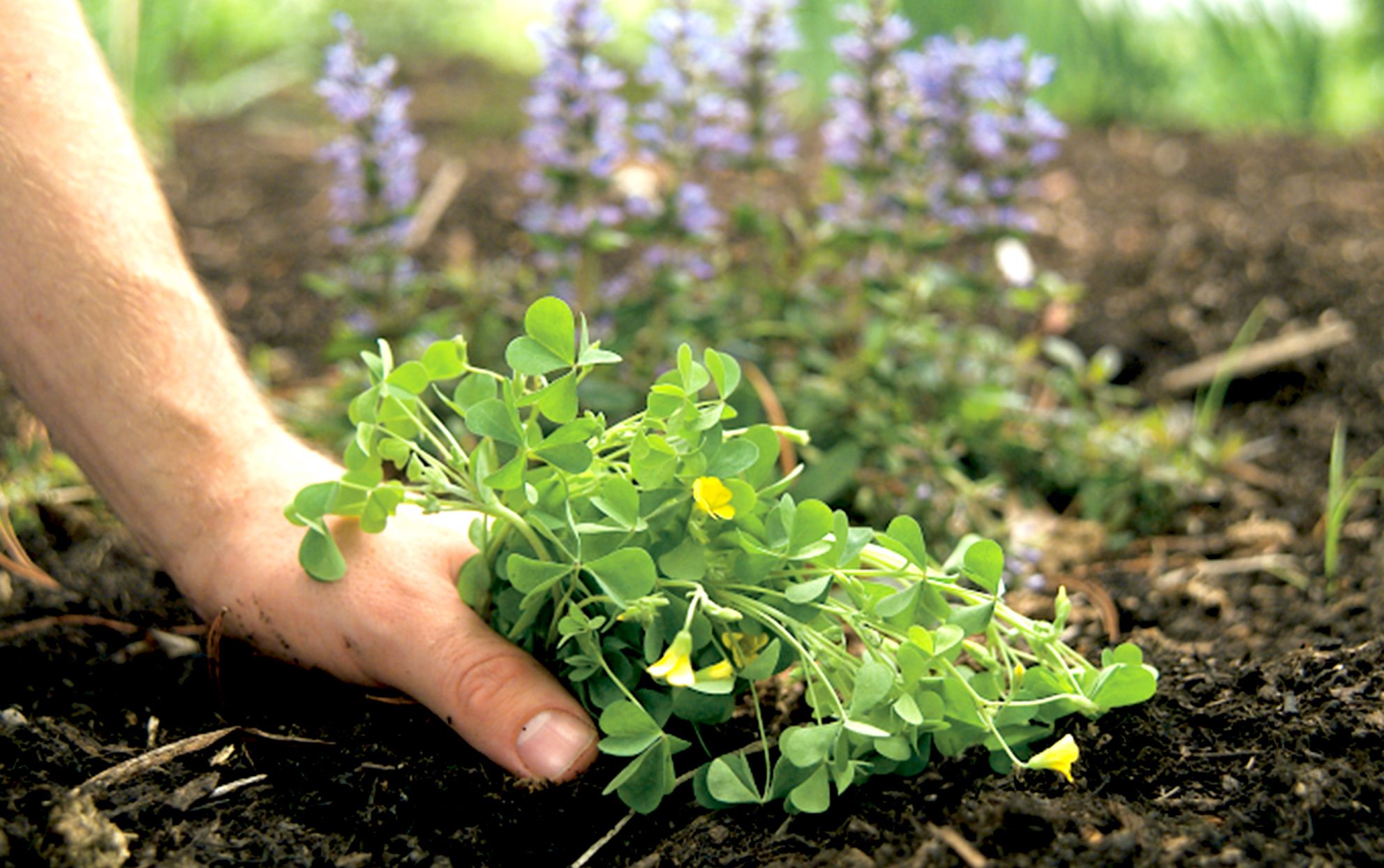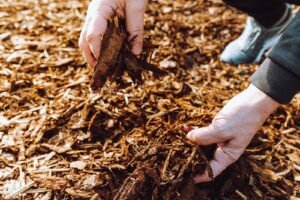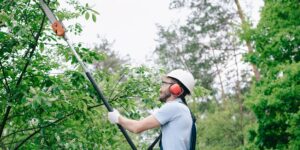How to Get Rid of Weeds in Your Lawn: The Complete Guide
Maintaining a lush, weed-free lawn is a goal for many homeowners, but it often feels like an uphill battle. Weeds are persistent invaders that can quickly take over your carefully cultivated grass if left unchecked. Whether you’re dealing with dandelions, crabgrass, clover, or any other unwanted plants, this comprehensive guide will equip you with the knowledge and strategies you need to reclaim your lawn and keep it looking pristine.
Understanding Your Enemy: Common Lawn Weeds
Before diving into weed control methods, it’s important to understand what you’re up against. Weeds are opportunistic plants that thrive in conditions where your grass struggles. They generally fall into three categories: broadleaf weeds, grassy weeds, and sedges.
Broadleaf Weeds
Broadleaf weeds are perhaps the most noticeable invaders in your lawn. They typically have wide leaves that grow in various patterns and often produce flowers. Common examples include dandelions, clover, plantain, and chickweed. These weeds stand out visually from your grass, making them easier to identify but no less frustrating to deal with.
Dandelions, with their bright yellow flowers that transform into puffy seed heads, are particularly resilient. Each seed head can disperse hundreds of seeds that travel on the wind, potentially spreading throughout your entire yard and neighborhood. Their deep taproots make them challenging to remove completely, as any root fragment left behind can regenerate into a new plant.
Clover, recognizable by its three-leaf pattern and occasional white or pink flowers, was actually once included in lawn seed mixes for its nitrogen-fixing properties. However, its ability to spread rapidly and form dense patches makes it an unwelcome sight for many homeowners seeking a uniform lawn appearance.
Grassy Weeds
Grassy weeds, as the name suggests, resemble grass and can blend in with your lawn until they begin to take over. Crabgrass, foxtail, and annual bluegrass are common examples. These weeds can be particularly tricky to identify and remove because they look similar to your desired turfgrass.
Crabgrass is perhaps the most notorious grassy weed, known for its spreading growth habit that resembles crab legs. It’s an annual weed that dies off in the fall but leaves behind thousands of seeds that will germinate the following spring when soil temperatures reach about 55°F. Its ability to thrive in hot, dry conditions often gives it an advantage over your lawn grass during summer stress periods.
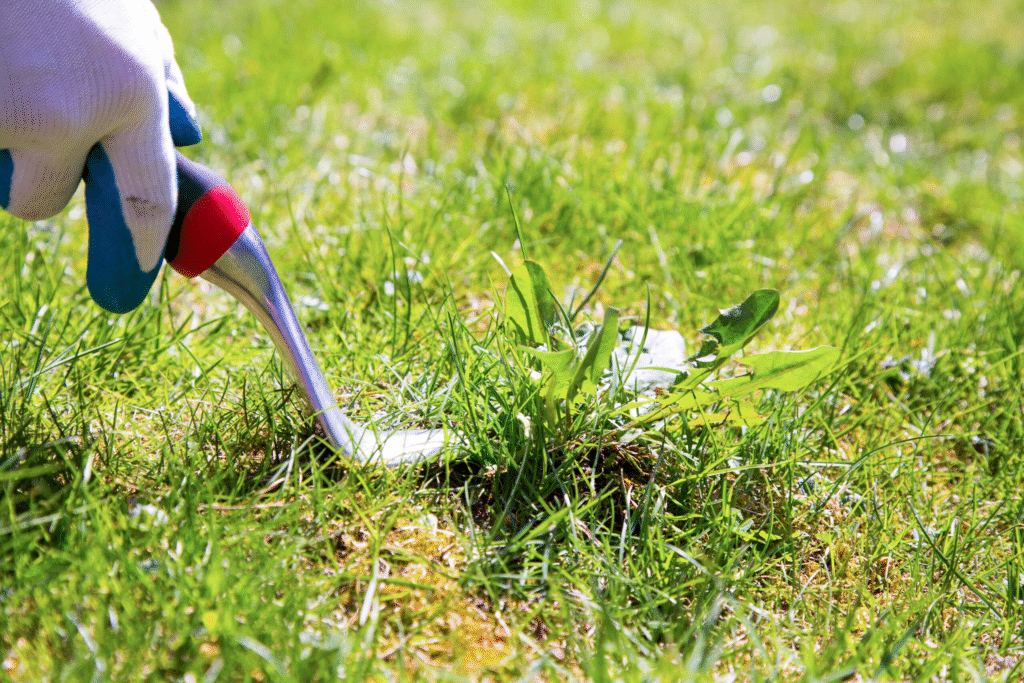
Sedges
Sedges might look like grasses at first glance, but they have triangular stems and tend to grow faster than your lawn. Nutsedge, with its distinctive yellow or purple coloration, is a common and particularly troublesome sedge weed that often indicates drainage issues in your lawn.
Yellow nutsedge can grow several inches taller than your grass within just a few days after mowing, making it stand out in an otherwise level lawn. Its rapid growth and resistance to many common herbicides make it one of the more challenging weeds to eliminate completely.
Prevention: Creating a Weed-Resistant Lawn
The most effective weed control strategy is prevention. A thick, healthy lawn naturally crowds out weeds, giving them little opportunity to establish themselves. Here’s how you can create conditions that favor your grass over weeds:
Proper Mowing Practices
How you mow your lawn has a significant impact on weed growth. Mowing too short stresses your grass and exposes soil to sunlight, creating perfect conditions for weed seeds to germinate. Instead, maintain your grass at the ideal height for your specific type of lawn grass, which is typically between 2.5 to 4 inches for most cool-season grasses and 1 to 3 inches for warm-season varieties.
When mowing, follow the one-third rule: never remove more than one-third of the grass blade length in a single mowing. This prevents shock to your lawn and allows the grass to develop deeper, stronger root systems that can better compete with weeds. Also, keep your mower blades sharp to ensure clean cuts that heal quickly and don’t provide entry points for disease.
Strategic Watering
Proper watering is another key factor in preventing weeds. Shallow, frequent watering encourages shallow root growth in your grass while simultaneously providing ideal conditions for many weed seeds to germinate. Instead, water deeply but infrequently to encourage your grass to develop deep root systems that can access moisture even during dry periods.
Aim to provide about 1 to 1.5 inches of water per week, including rainfall. This amount should be delivered in one or two deep watering sessions rather than multiple light sprinklings. Water early in the morning to minimize evaporation and reduce the risk of fungal diseases that can weaken your lawn and create openings for weeds.
Regular Fertilization
A well-fed lawn is better equipped to outcompete weeds. Develop a fertilization schedule appropriate for your grass type and region. Generally, cool-season grasses benefit from fertilization in the fall and spring, while warm-season grasses should be fertilized in late spring and summer.
According to the United States Department of Agriculture (USDA), using slow-release nitrogen fertilizers can provide steady nutrition without promoting the excessive growth that requires more frequent mowing. You can find more specific recommendations for your region and grass type on the USDA’s National Resources Conservation Service website: https://www.nrcs.usda.gov/conservation-basics/natural-resource-concerns/plants/plant-health
Soil Aeration and pH Balance
Compacted soil restricts the growth of grass roots but many weeds are adapted to thrive in these conditions. Aerating your lawn annually or biannually helps alleviate compaction, allowing water, nutrients, and oxygen to reach grass roots more effectively.
Additionally, most turfgrasses prefer a slightly acidic to neutral soil pH (between 6.0 and 7.0). Testing your soil and adjusting the pH accordingly can create conditions that favor your grass over many common weeds. Lime can raise pH levels in overly acidic soil, while sulfur can lower pH in alkaline conditions.
Weed Identification and Treatment Methods
When prevention isn’t enough and weeds begin to appear in your lawn, proper identification is crucial for selecting the most effective treatment method. Here’s a comparison of common weed control approaches:
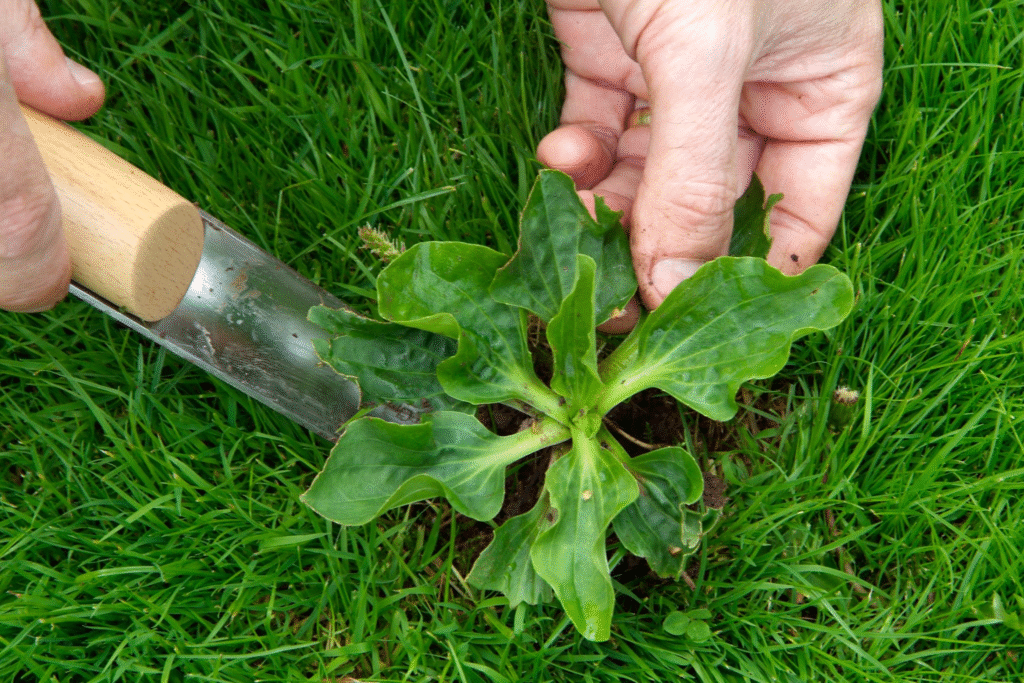
| Method | Effectiveness | Environmental Impact | Cost | Best For |
|---|---|---|---|---|
| Hand Pulling | High for isolated weeds | Minimal | Free | Small areas with few weeds |
| Pre-emergent Herbicides | Very high for annual weeds | Moderate | $20-50 per application | Prevention of crabgrass, foxtail, and other annual weeds |
| Post-emergent Selective Herbicides | High for specific weeds | Moderate to high | $15-40 per product | Targeted control of established broadleaf weeds |
| Non-selective Herbicides | Very high for all plants | High | $10-30 per product | Lawn renovation or spot treatment in non-lawn areas |
| Organic Herbicides | Moderate | Low | $20-60 per product | Environmentally sensitive areas or organic lawn care |
| Cultural Controls (overseeding, proper mowing) | Moderate but long-lasting | Minimal | Varies | Long-term weed management and prevention |
Manual Removal Methods
For smaller weed problems or if you prefer to avoid chemicals, manual removal is often effective. When pulling weeds by hand, ensure you remove the entire root system to prevent regrowth. This is especially important for perennial weeds with deep taproots like dandelions.
Various weeding tools can make this task easier:
For dandelions and other taprooted weeds, use a dandelion digger or weeding knife to loosen the soil around the weed and extract the entire root.
For spreading weeds like creeping Charlie or clover, you may need to use a garden fork to lift sections of the invaded area and carefully remove all rhizomes or stolons.
The best time to hand-pull weeds is after a rain when the soil is moist, making it easier to remove entire root systems without breaking them off in the ground.
Chemical Control Options
When facing a more extensive weed problem, herbicides can provide effective control. These products fall into two main categories:
Pre-emergent Herbicides
Pre-emergent herbicides create a barrier in the soil that prevents weed seeds from developing into seedlings. They’re particularly effective against annual weeds like crabgrass and foxtail. Timing is crucial—these products must be applied before weed seeds germinate, typically when soil temperatures reach about 55°F in spring.
It’s worth noting that most pre-emergent herbicides will also prevent grass seed from germinating, so careful planning is necessary if you’re also looking to overseed your lawn. Generally, you’ll need to wait several weeks or months after applying a pre-emergent herbicide before seeding, depending on the specific product used.
Post-emergent Herbicides
Post-emergent herbicides target weeds that are already growing in your lawn. They can be further categorized as selective or non-selective:
Selective herbicides target specific types of weeds while leaving your grass unharmed when used correctly. For example, many broadleaf herbicides will kill dandelions and clover without damaging your turfgrass. These products are ideal for spot-treating weeds throughout an established lawn.
Non-selective herbicides kill most plants they contact, including your grass. Products containing glyphosate fall into this category. These should be used with extreme caution in lawn settings, primarily for spot treatments with careful application to avoid contact with desired plants. They’re most appropriate for lawn renovation projects or for treating weeds in non-lawn areas like driveways or fence lines.
Organic and Natural Weed Control
If you prefer to avoid synthetic chemicals, several organic approaches can help control weeds:
Corn gluten meal acts as a natural pre-emergent herbicide. While not as consistently effective as synthetic options, it can reduce weed germination while also providing some nitrogen to your lawn.
Vinegar-based herbicides can burn the foliage of young weeds, though multiple applications may be necessary. These are most effective on young annual weeds rather than established perennials.
Boiling water can be effective for weeds growing in cracks or along edges where no desirable plants are present. Simply pour boiling water directly onto the weeds to kill them.
Overseeding with desirable grasses helps fill in bare spots and create competition that naturally reduces weed establishment. This approach works particularly well when combined with other cultural practices like proper mowing and fertilization.
Seasonal Weed Control Strategy
Different weeds emerge and thrive during different seasons, so adjusting your approach throughout the year yields the best results. Here’s a seasonal breakdown of effective weed control strategies:
Spring (Early to Late)
Early spring is the critical time for applying pre-emergent herbicides to prevent summer annual weeds like crabgrass from germinating. As mentioned earlier, timing is essential—application should coincide with soil temperatures reaching about 55°F, which often aligns with when forsythia bushes begin to bloom in many regions.
Late spring is when many perennial broadleaf weeds become active and visible in your lawn. This is an excellent time for spot-treating with selective post-emergent herbicides or manual removal before these weeds have a chance to flower and set seed.
Spring is also ideal for core aeration if your soil is compacted, followed by overseeding bare or thin areas to increase grass density. Remember that you cannot overseed immediately after applying most pre-emergent herbicides, so plan your spring lawn care calendar carefully.
Summer
Summer heat stresses cool-season grasses, often giving heat-tolerant weeds an advantage. Focus on proper watering and maintaining appropriate mowing height during this season to strengthen your lawn’s natural defenses.
For warm-season lawns, summer is the active growing season and an appropriate time for more aggressive weed control measures. Continue spot-treating weeds as they appear, but be cautious with herbicide applications during extreme heat, as they can stress both weeds and desirable grasses.
Fall
Fall is perhaps the most important season for strengthening cool-season lawns and preparing for the following year. As temperatures moderate, your grass enters a period of active growth while many weeds begin to slow down.
This is an ideal time for:
Core aeration and overseeding to increase lawn density Broadleaf weed control, as perennial weeds are actively transporting nutrients to their roots for winter storage, which also helps herbicides reach these storage organs Fertilization to strengthen grass roots and prepare for winter dormancy
Many lawn care professionals consider fall the best time to apply post-emergent broadleaf herbicides, as the products are easily translocated to weed roots along with the nutrients the plants are storing for winter.
Winter
In warmer regions where lawns remain somewhat active during winter, this can be a good time to address winter annual weeds like annual bluegrass (Poa annua) or chickweed. In colder regions where the ground freezes, winter primarily becomes a planning period for the upcoming growing season.
Specific Strategies for Stubborn Weeds
Some weeds require specialized approaches due to their growth habits or resistance to common control methods:
Creeping Charlie (Ground Ivy)
This persistent perennial spreads via creeping stems that root at nodes, forming dense mats that can quickly overtake areas of your lawn. Fall applications of triclopyr-based herbicides, often combined with 2,4-D and dicamba, provide the most effective chemical control. Multiple treatments are typically necessary, and combining chemical control with improved drainage and shade reduction yields the best long-term results.
Nutsedge
Yellow and purple nutsedge are particularly challenging because they reproduce via underground tubers (nutlets) that can remain viable in soil for years. Specialized herbicides containing halosulfuron-methyl or sulfentrazone are most effective. Improving drainage is crucial for long-term control, as these weeds thrive in moist conditions.
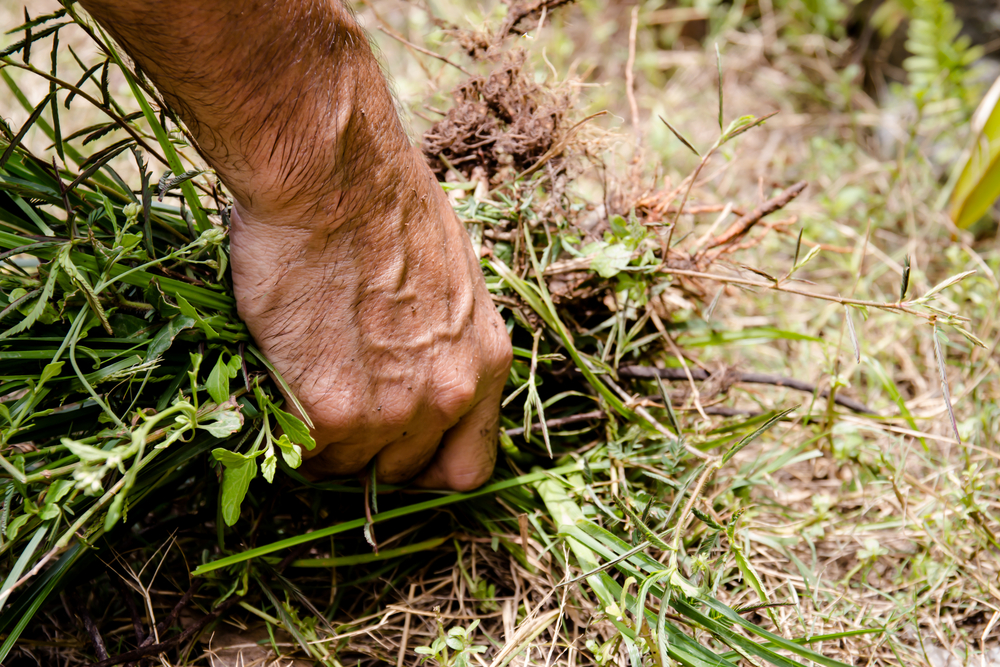
Crabgrass
Prevention through pre-emergent herbicides is the most effective approach for crabgrass. Once established, it can be difficult to selectively remove from lawns. Post-emergent control is most successful when crabgrass plants are young (2-3 leaf stage). Products containing quinclorac can provide some control of established plants, but complete elimination of mature crabgrass without damaging surrounding lawn is challenging.
When to Call in Professional Help
Sometimes, despite your best efforts, weed problems can become overwhelming. Consider consulting with lawn care professionals when:
Your weed problem covers more than 50% of your lawn area You’ve attempted multiple treatment methods without success You’re dealing with difficult-to-identify weeds or particularly stubborn species Your property has unique challenges like extreme slopes, poor drainage, or heavy shade You lack the time or physical ability to implement proper lawn care practices
Professional lawn care services have access to commercial-grade products and equipment that may provide more effective control than consumer options. They also bring expertise in identifying specific weeds and tailoring treatment approaches accordingly.
Conclusion: The Path to a Weed-Free Lawn
Achieving and maintaining a weed-free lawn requires a comprehensive approach that combines prevention, identification, and targeted control methods. Remember that no single treatment will provide permanent weed control—successful lawn management is an ongoing process that adapts to seasonal changes and responds to emerging issues promptly.
By focusing on creating optimal conditions for your grass through proper mowing, watering, and fertilization, you naturally reduce opportunities for weeds to establish themselves. When weeds do appear, having the knowledge to identify them and select appropriate control methods gives you the upper hand in this ongoing battle.
With patience and persistence, you can transform even the weediest lawn into a lush, green carpet that enhances your home’s curb appeal and provides an inviting outdoor space for family activities. The key is developing a consistent lawn care routine that incorporates both preventive measures and targeted interventions when necessary.
Whether you choose conventional, organic, or integrated approaches to weed management, your success ultimately depends on understanding both your lawn’s needs and the weaknesses of the weeds you’re targeting. Armed with this knowledge and the strategies outlined in this guide, you’re well-equipped to win the war against lawn weeds and enjoy the beautiful, healthy lawn you deserve.
